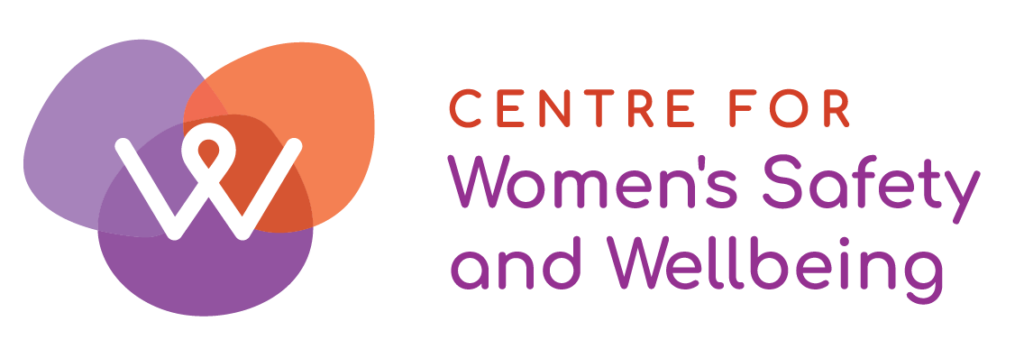Along with many of our colleagues here in WA and around the country, the Centre for Women’s Safety and Wellbeing team have been digesting the Morrison Government’s Federal Budget 2022-23 since its release on Tuesday 29 March. The Budget Papers and accompanying Treasurer’s speech to Parliament provide our sector, and the broader community, with insight into the Government’s priorities and commitment to achieving women’s safety and wellbeing, and their vision for the path to gender equality.
Disappointingly, there is a lack of investment in initiatives to genuinely address gender inequality, and this budget fails to sufficiently recognise the systemic ways women’s inequality is linked to violence, and how violence and abuse is sustained via inequality. The budget handed down by the Treasurer did not offer the transformational level of funding required to match the Morrison Government’s stated objective to “eliminate” violence against women and children.
Shared models of care for young children have been found to promote women’s participation in paid work, and a more equitable division of unpaid care work in the long term. The changes announced to paid parental leave, a combined entitlement of 20 weeks of paid leave that can be divided between parents as they choose, is intended to provide families with maximum choice and flexibility. However, for heterosexual couples, the changes are likely to disincentivise fathers from taking leave, with the majority of women are on lower wages than men, inevitably leading to increased caring responsibilities for women. There also continues to be no superannuation paid on parental leave. The budget was a missed opportunity to address ingrained societal gender norms and make meaningful steps towards gender equality. More needs to be done to promote and address gender equality in the workforce and economic participation – such as more focus on accessible childcare, addressing the wage and superannuation gap, investing in the care economy, protection from sexual harassment at work, and social and affordable housing for women.
Despite the lack of a systems, safety-in-all-policies, intersectional approach, we are pleased to see new initiatives including $105 million supporting the work of Our Watch, Australia’s national leader in primary prevention; continued and increased funding for the escaping family violence payment; nearly $55 million invested in a program providing technology checks for victim-survivors; $58.3 million to improve the treatment, management and diagnosis of endometriosis; and the establishment of a National Advisory Council for Women’s Health to evaluate and monitor the implementation of the National Women’s Health Strategy 2020-2030. We welcome investment in women’s safety, health and wellbeing, however many of the budget’s new initiatives do not focus on the structural changes needed, and fail to address gender and intersectional inequity.
The release of the Women’s Budget Statement 2022-23 is welcomed, but it is not enough. The Centre for Women’s Safety and Wellbeing are part of the growing chorus of voices calling for gender responsive budgeting. Gender responsive budgeting is an integral part in ensuring women have the right to equal access and outcomes for safety, health and wellbeing, addressing the gendered drivers of violence against women, and achieving gender equality.
Click on the links below to read a more detailed Centre for Women’s Safety and Wellbeing analysis of the Women’s Safety Package and the Women’s Health and Wellbeing Package.





